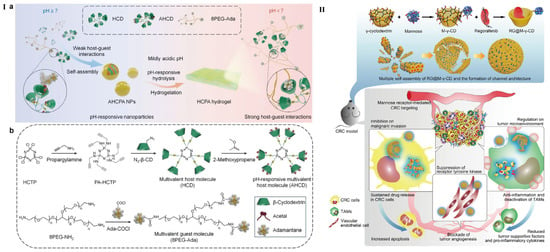
### A Milestone in Molecular Editing: Targeted Nitrogen Removal from Rotaxanes
Rotaxanes, composed of interlocked molecular constructs, have consistently fascinated researchers due to their distinctive architecture and potential use in molecular devices. The latest advancements in skeletal editing signify a remarkable step forward in the precise alteration of these intricate structures, facilitating broader efforts in molecular design and functionality. A group spearheaded by **David Leigh** at the University of Manchester has unveiled an innovative method that selectively extracts nitrogen atoms from rotaxanes, thereby establishing stabilizing carbon–carbon bonds without disassembling their signature interlocked configuration.
This finding broadens the scope of skeletal editing to **supramolecular constructs** and unveils an opportunity to delve deeper into modifications of molecules that are often hard to reach through conventional synthetic approaches. Such progress could usher in substantial breakthroughs in the domains of **nanotechnology, pharmaceutical delivery, and molecular computing**.
#### Grasping Rotaxanes: Nature’s Molecular Devices
Before exploring this groundbreaking technique, it is essential to comprehend what rotaxanes are. These uniquely designed mechanically interlinked molecules consist of a **ring-like macrocycle** threaded onto a linear **axle-like structure**, capped by substantial “bulky stoppers” on either end. These stoppers play a crucial role in preventing the ring from disengaging, thus ensuring the integrity of the molecular structure. This interlaced architecture empowers rotaxanes to function as operational molecular machines, applicable in areas from **molecular switches** to the **transport of molecular cargo**.
Rotaxanes pique the curiosity of chemists due to their capacity to emulate the motion of macroscopic machines at a molecular level. Nevertheless, their complex architecture poses challenges for modification, often necessitating tedious and indirect synthetic techniques.
#### The Hurdle: Altering Rotaxanes without Disrupting Their Integrity
A significant challenge in the alteration of rotaxanes stems from the sensitive equilibrium of non-covalent interactions that secure the macrocycle ring around specific components of the axle. This issue becomes particularly prominent when chemists aim to implement structural changes, such as extracting a crucial functional group like an amine or nitrogen atom.
In traditional synthesis, modifying or severing the axle often leads to system destabilization, resulting in the ring slipping off and compromising the interlocked nature of the molecule. Consequently, such structures would forfeit their functional properties.
This challenge was especially pronounced when attempting to eliminate an **amine group** from the axle, which in certain cases acts as a **template site** that secures the macrocycle during the construction of the rotaxane. Successfully extracting the nitrogen without allowing the macrocycle to slip was a task previously viewed as nearly impossible—until now.
#### A Revolutionary Approach: Nitrogen Extraction Without Disassembling the Rotaxane
Guided by David Leigh, the research group confronted this challenge by leveraging a robust technique established in **Mark Levin’s lab at the University of Chicago** in 2021. The foundational work by the Levin group introduced an innovative method for the removal of nitrogen atoms from amine sites in organic compounds through an **anomeric amide reagent**. Expanding on this approach, Leigh’s team applied it to far more complex systems—rotaxanes.
Here’s the mechanism: under **alkaline reaction conditions**, the macrocycle briefly shifts away from its position surrounding the amine site long enough for the anomeric amide reagent to displace the nitrogen atom. Crucially, the conditions allow for the macrocycle to return to its original position after the nitrogen has been extracted—ensuring the integrity of the rotaxane is preserved.
This sophisticated technique enables the **selective removal of the nitrogen atom** and the subsequent formation of a **carbon–carbon bond** at the altered site, providing stability to the entire structure. The interlocked configuration of the rotaxane remained unchanged throughout the process, which the team verified using **NMR, mass spectrometry, and x-ray crystallography**—three advanced methods commonly utilized in the analysis of molecular structures.
#### Significance of this Innovation
The excitement surrounding this breakthrough lies in its far-reaching implications for molecular editing:
1. **Expansion Beyond Rotaxanes**: Although the method was validated on rotaxanes, Leigh’s group anticipates that it could extend to other **interlocked formations** like catenanes, which contain macrocycles linked rather than threaded. By providing a selective approach for skeletal editing across various **supramolecular frameworks**, researchers are poised to create and synthesize increasingly complex molecular machines.
2. **Promise in Healthcare**: The capability to execute precise, remote modifications to rotaxanes could yield substantial advancements in drug development and delivery. Rotaxane-based systems have already been proposed as **molecular cargo carriers**, targeting specific areas in the body for pharmaceutical agents. This technique could enhance the engineering of drug delivery mechanisms, rendering them more efficient and responsive to external stimuli.